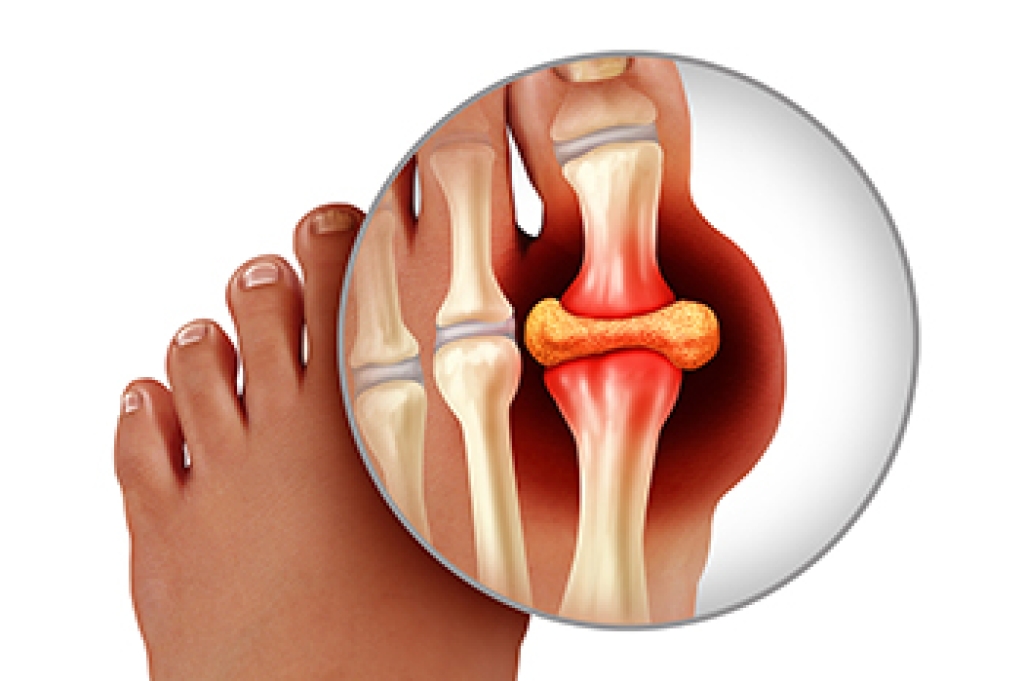 As the feet age and get older, they take a beating while supporting the body’s weight. As the skin gets older, it begins to lose elasticity as well which can lead to more blisters, cuts, and infections. Thankfully, there are a few things that the elderly can do to help care for their feet and prevent future issues. First off, it is important to keep the feet clean and dry. This will help reduce the chances of fungi forming and causing issues such as athlete’s foot or fungal nail infections. In order to prevent ingrown toenails, it is key to keep the toenails trimmed short and straight across. Maintaining a healthy weight is also key to keeping pressure off of the feet. Any sores or wounds should be monitored and checked by a podiatrist as well. If you are experiencing pain in the feet, or if you have questions about caring for your feet, consulting with a podiatrist is key to keeping your feet healthy for a long time.
As the feet age and get older, they take a beating while supporting the body’s weight. As the skin gets older, it begins to lose elasticity as well which can lead to more blisters, cuts, and infections. Thankfully, there are a few things that the elderly can do to help care for their feet and prevent future issues. First off, it is important to keep the feet clean and dry. This will help reduce the chances of fungi forming and causing issues such as athlete’s foot or fungal nail infections. In order to prevent ingrown toenails, it is key to keep the toenails trimmed short and straight across. Maintaining a healthy weight is also key to keeping pressure off of the feet. Any sores or wounds should be monitored and checked by a podiatrist as well. If you are experiencing pain in the feet, or if you have questions about caring for your feet, consulting with a podiatrist is key to keeping your feet healthy for a long time.
Proper foot care is something many older adults forget to consider. If you have any concerns about your feet and ankles, contact Warren Levy, DPM from Armitage Podiatry Center. Our doctor can provide the care you need to keep you pain-free and on your feet.
The Elderly and Their Feet
As we age we start to notice many changes in our body, but the elder population may not notice them right away. Medical conditions may prevent the elderly to take notice of their foot health right away. Poor vision is a lead contributor to not taking action for the elderly.
Common Conditions
- Neuropathy – can reduce feeling in the feet and can hide many life-threatening medical conditions.
- Reduced flexibility – prevents the ability of proper toenail trimming, and foot cleaning. If left untreated, it may lead to further medical issues.
- Foot sores – amongst the older population can be serious before they are discovered. Some of the problematic conditions they may face are:
- Gouging toenails affecting nearby toe
- Shoes that don’t fit properly
- Pressure sores
- Loss of circulation in legs & feet
- Edema & swelling of feet and ankles
Susceptible Infections
Diabetes and poor circulation can cause general loss of sensitivity over the years, turning a simple cut into a serious issue.
If you have any questions please feel free to contact our office located in Chicago, IL . We offer the newest diagnostic and treatment technologies for all your foot and ankle needs.

 Tarsal tunnel syndrome
Tarsal tunnel syndrome

